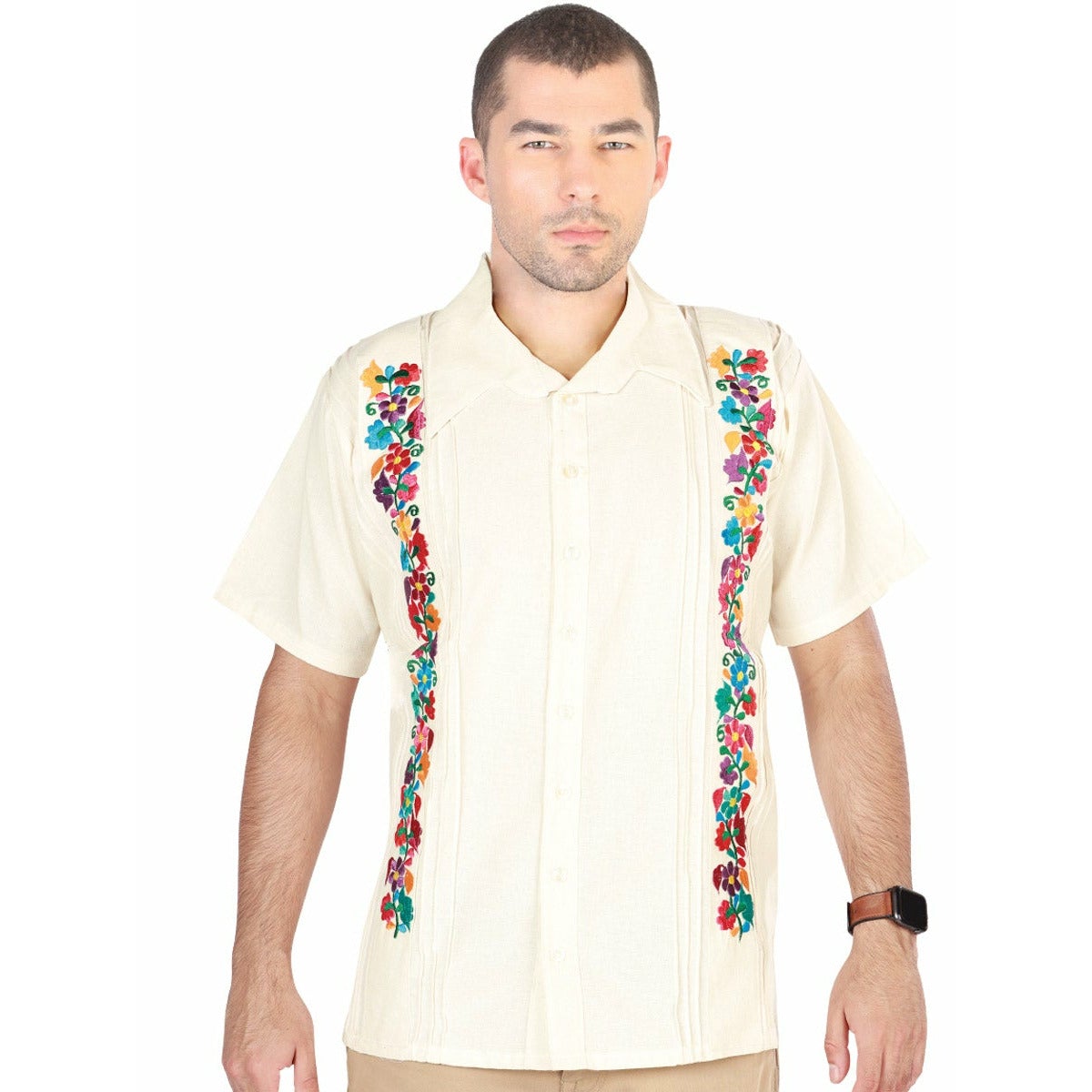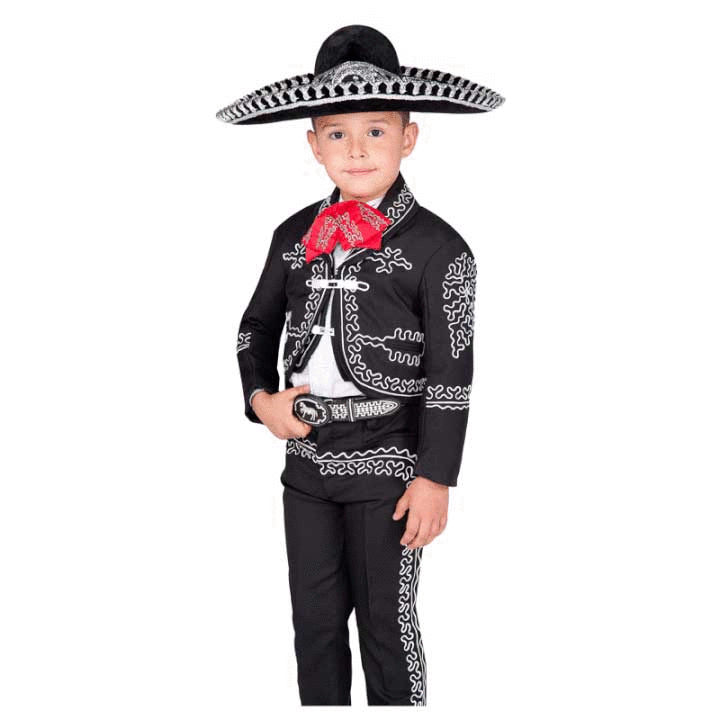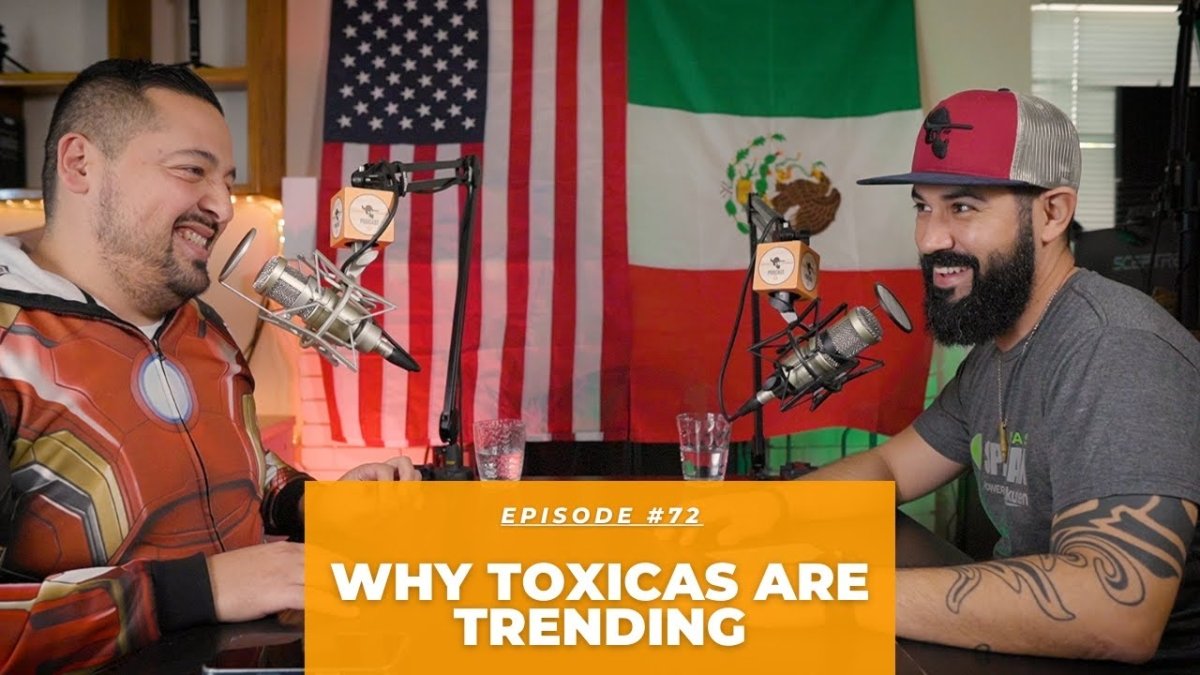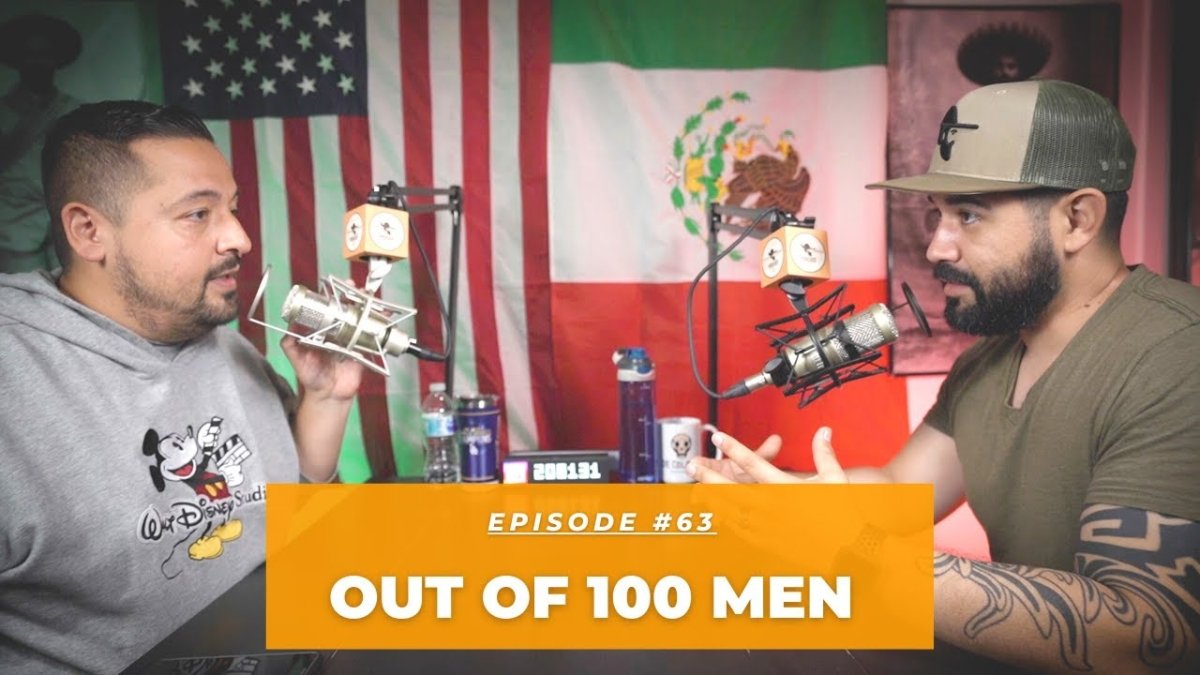Mexico and the United States share a lot of things in common, including a common border. However, there’s one thing that differs between them: daylight savings time (DST). The DST is a system that allows for people to save energy by moving their clocks forward or backward by an hour. The clocks move forward in spring and back in fall.
Daylight saving time was first observed in Baja California in 1931, but only from April 1 to September 30. It was observed the rest of the year without DST. In 1996, this state officially adopted DST. It was also adopted by other states in Mexico between 1988 and 1989, but these states abandoned it a year later. The federal government adopted nationwide DST in 1996 and has kept it ever since.
On 1963, the resolution of the Ministry of Communications and Public Works that ends the use of daylight saving from 1964. Reason for using it in Mexico: "the logical and obvious consequence is that the use of daylight saving today only makes sense when we consider our diplomatic and commercial relations with North America".
In 1996, daylight saving time was observed nationwide in Mexico. However, the states of Quintana Roo and Sonora do not observe DST. For municipalities within 20 kilometers of the US border—such as Ciudad Juárez—and the entire state of Baja California, it coincides with the longer extended daylight saving period adopted for 2007 in the United States.
In 1998, the state of Chihuahua moved its clocks one hour ahead in accordance with Mountain Time. This change was made because Ciudad Juárez (which is directly across the border from El Paso, Texas), operates on Mountain Time. In 2001, the Mexican government experimented with a shorter daylight-saving period for seven months out of the year. However, when it returned in 2002 to a longer daylight-saving period lasting eight months, Mexico City and other southern states continued using the shortened schedule. Since then, representatives from northern states have been trying to get Congress to extend DST so that all states can use it; however, in 2007 the U.S. extended their DST period and Mexico refused to do so because of pressure from its southern states.
In September 2015, a new bill was proposed to extend Daylight Saving Time to the rest of Mexico. Congress refused to approve the change for a third time, discarding the bill on June 29, 2016.
Previously, daylight saving time was observed in all parts of the country except for Quintana Roo and Sonora, which decided to remain on standard time beginning in 1999. For Sonora, they made this decision so that they could coordinate with Arizona's non-observance. The island territories do not currently observe daylight time either. During non-DST period, Mexico uses four different time zones.
In 2022, Mexico abandoned daylight saving time nationwide, but allowed border towns to keep it so they could align with their American neighbors.
With that being said, the daylight savings of Mexico and why it started to coincide with USA is something that has been brought up by many people. The reason behind this change is because of the nature of our two countries: we are very close and have strong economic and cultural relationships.





















Leave a comment